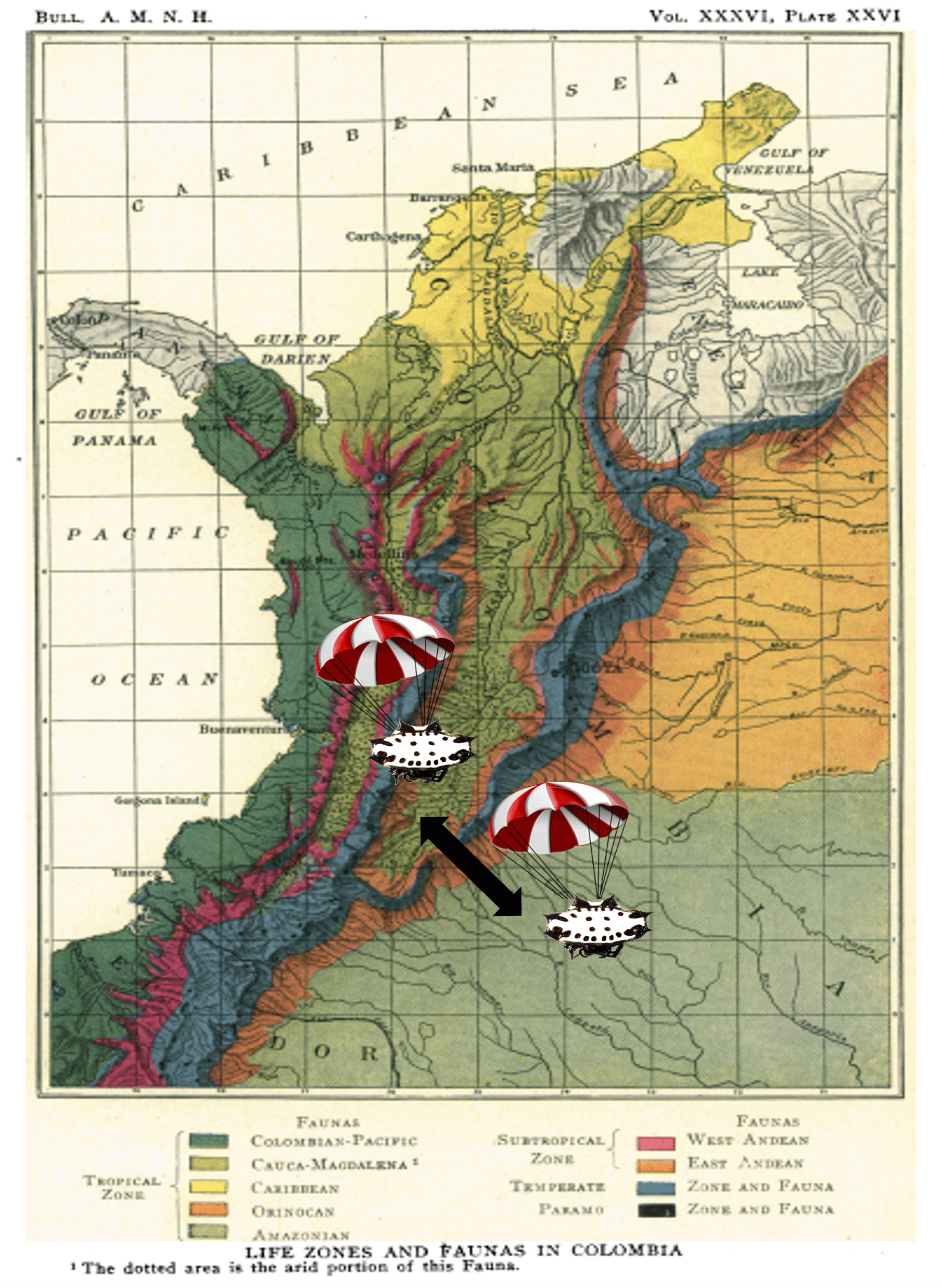Research
As a researcher, I am interested in how phenotypic and genetic diversity change at large geographical scales and the factors influencing the presence of multiple phenotypes within a single population. To answer my research questions, I study multiple animals, but I’m really interested in species with multiple colors.

Animal coloration
The existence of multiple forms within a single population is one of the clearest examples of biodiversity. Studying how this diversity arises and persists has deepened our understanding of many ecological and evolutionary processes. Among these traits, colouration stands out as a classic example—a visually engaging and biologically informative marker for investigating how variation within populations shifts over time and across environments. I study colourful arthropods, especially web-building spiders, using ecology, genomics, and comparative analyses to understand phenotypic variation

Genetic connectivity across the landscape
Geographical barriers like mountain ranges impede genetic exchange among populations, promoting diversification. The effectiveness of these barriers in limiting gene flow varies between lineages, depending on each species' dispersal modes and capacities. However, our understanding of how geographic barriers contribute to species diversification comes mostly from well-studied vertebrates and a few arthropods and plants—overlooking organisms that cannot fly or walk long distances. I study arthropods, especially spiders, to explore how mountains promote diversification in lineages with distinct dispersal modes, such as long-distance dispersal via ballooning (i.e., using silk to catch and ride air currents).